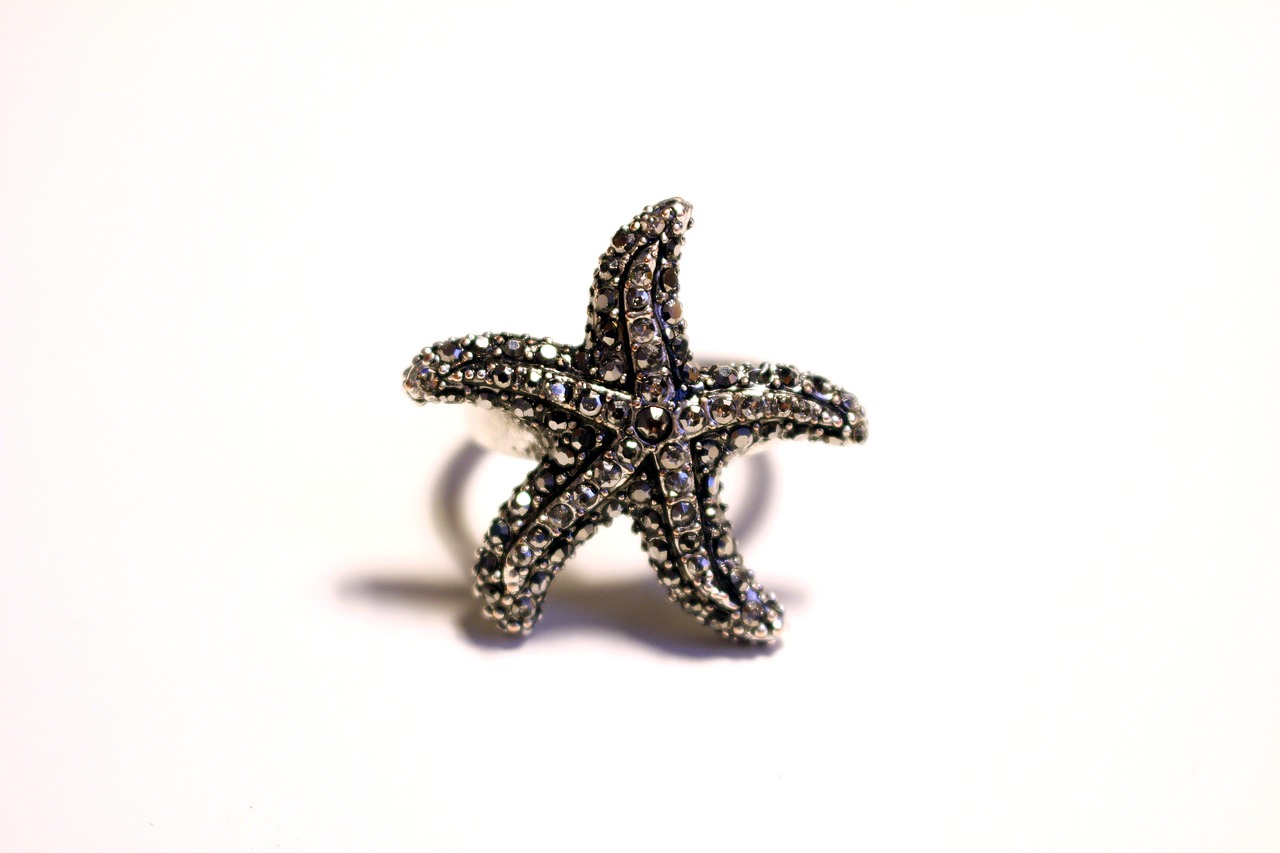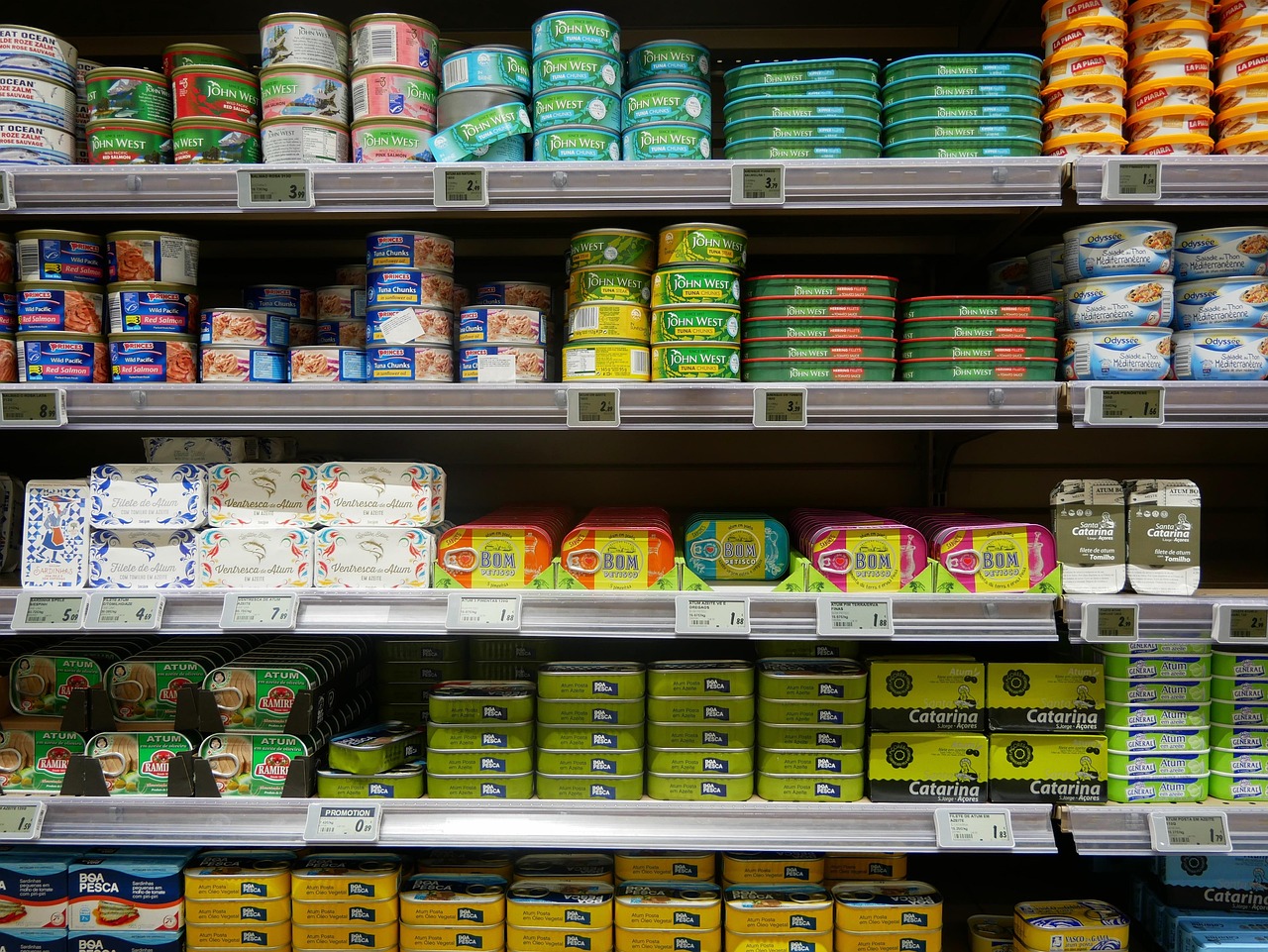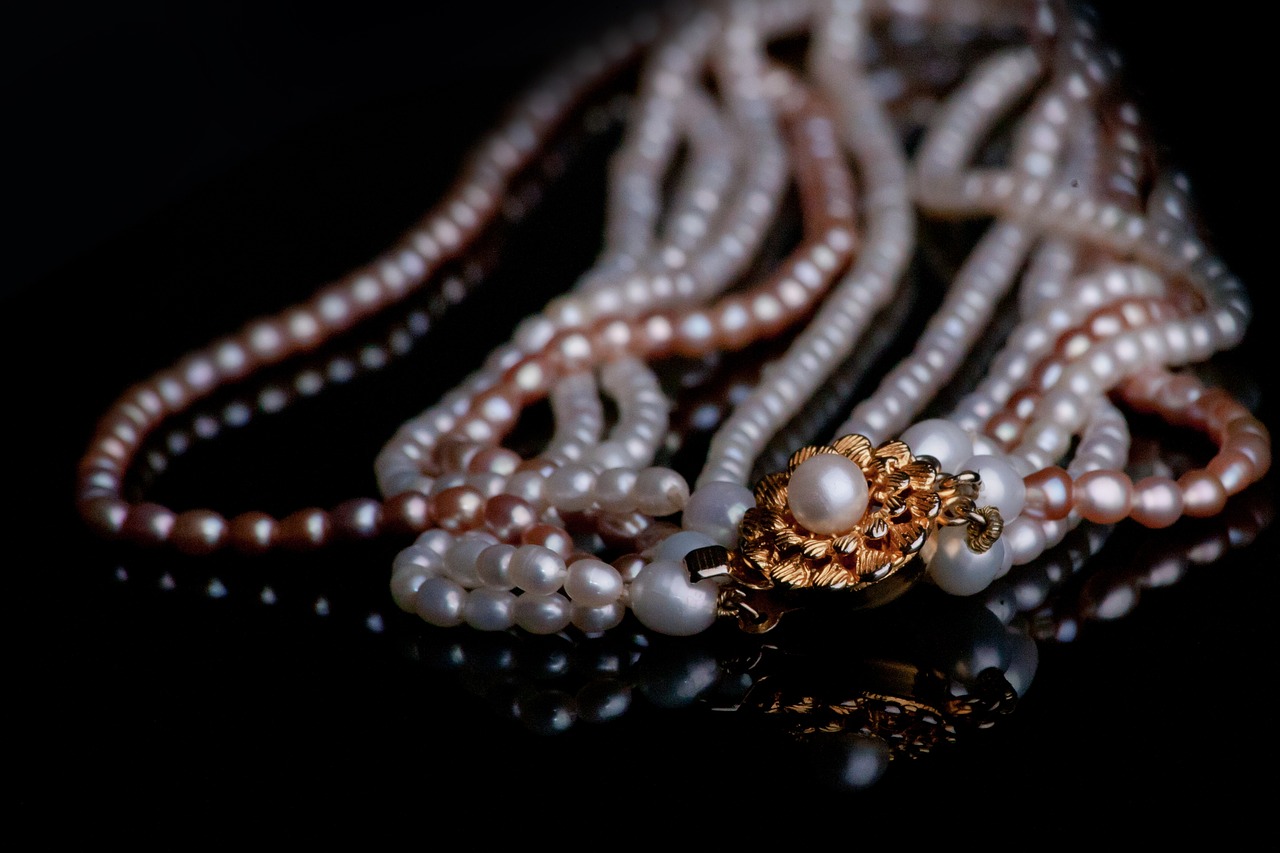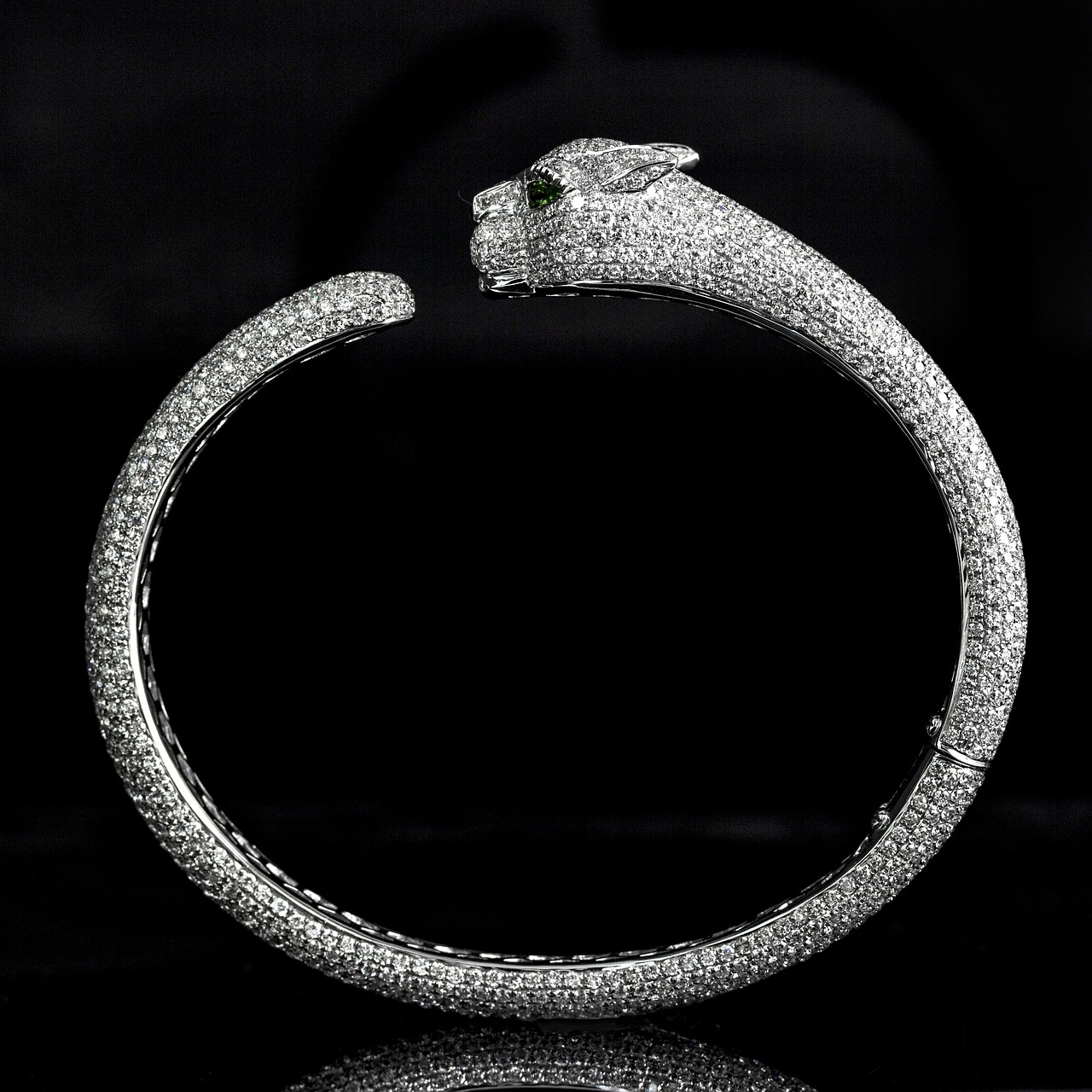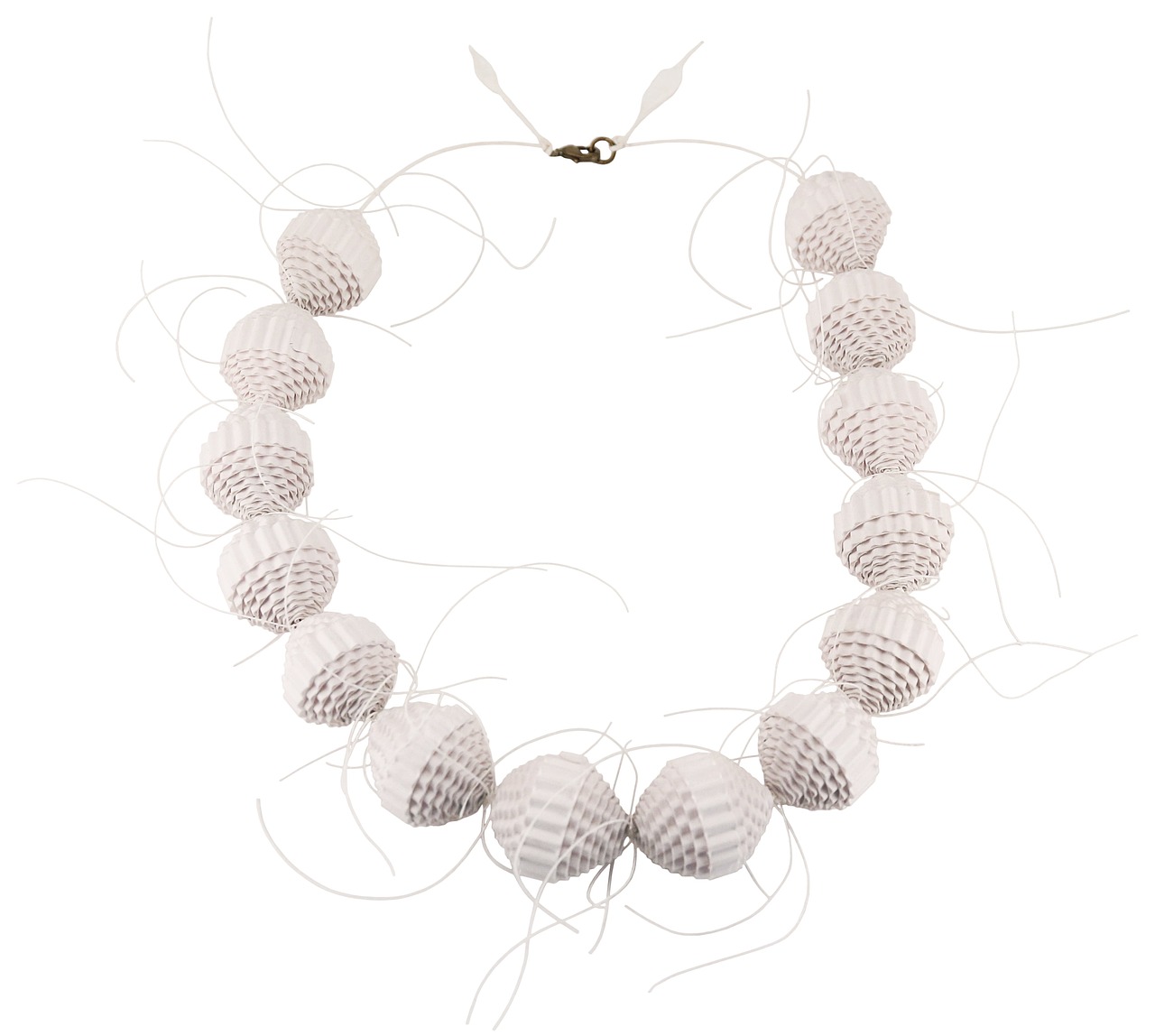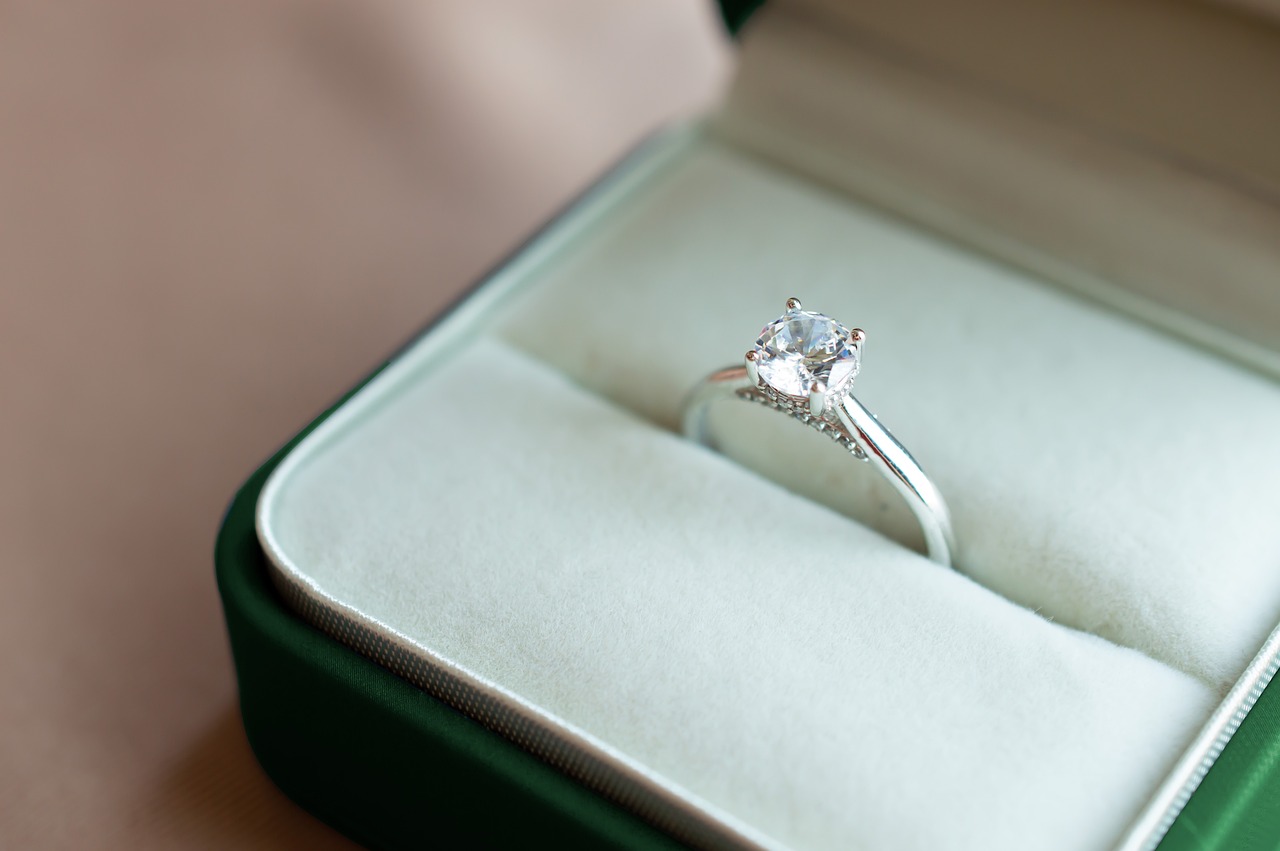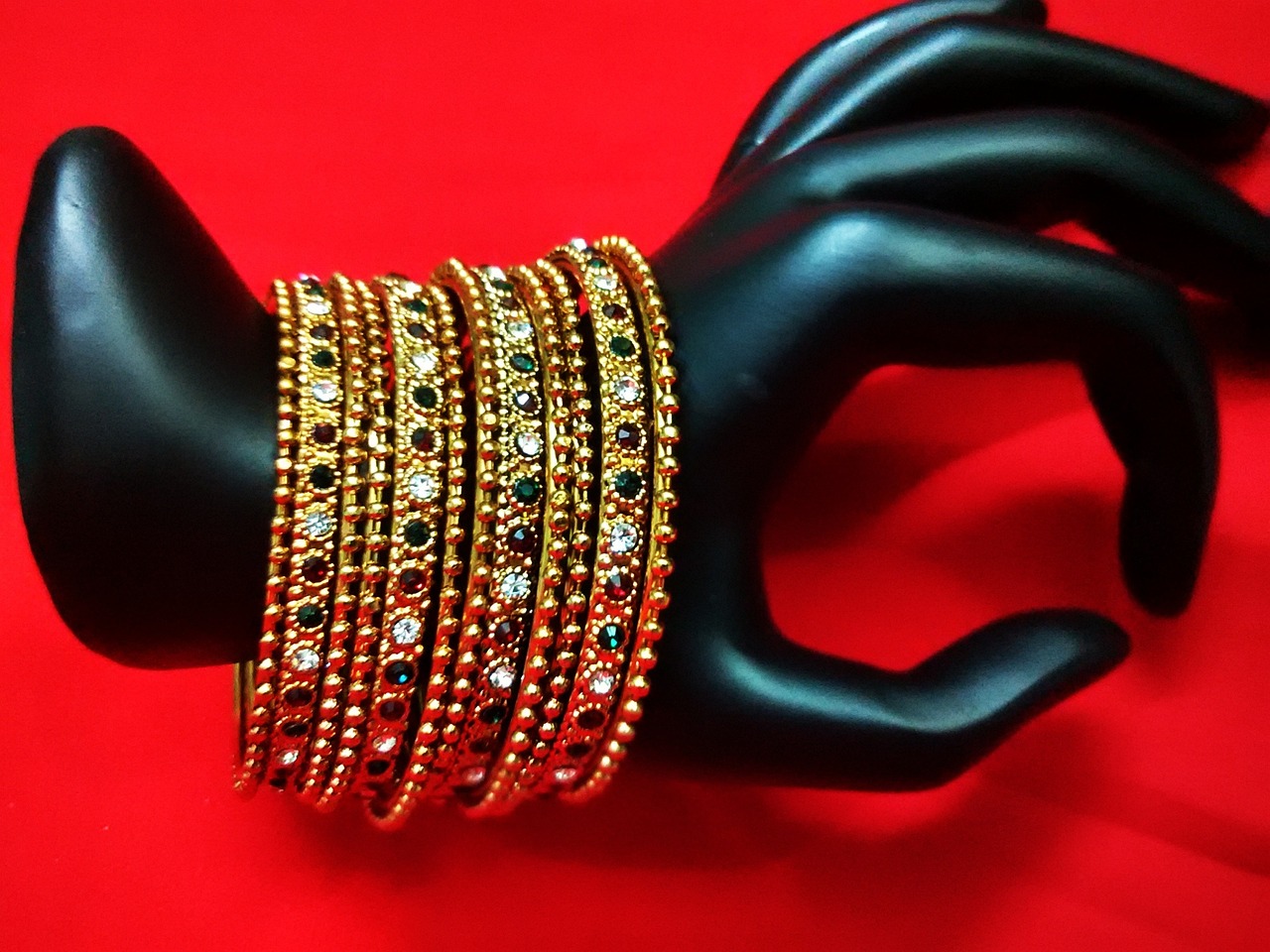The jewelry resale market is a dynamic landscape influenced by various market trends. Understanding how these trends affect resale prices is essential for both buyers and sellers. This article delves into the intricate relationship between market trends and jewelry resale prices, examining key factors such as consumer demand, economic conditions, and style preferences.
Current market trends in jewelry are shaped by a variety of factors, including the popularity of certain styles and materials. For instance, sustainable jewelry is gaining traction among consumers who prioritize eco-friendly practices. Additionally, minimalist designs and personalized pieces are trending, reflecting a shift in consumer preferences towards unique, meaningful items.
Economic conditions play a vital role in determining jewelry resale prices. Factors such as inflation and unemployment rates can significantly impact buyer confidence. When the economy is stable, consumers are more willing to invest in luxury items, including jewelry. Conversely, during economic downturns, there tends to be a decline in demand, which can lead to lower resale values.
Consumer demand is a driving force behind jewelry resale prices. Changes in buyer preferences can lead to significant fluctuations in the market. For example, if a particular style becomes trendy, the resale value of similar pieces may increase. Understanding these shifts in demand allows sellers to position their items strategically for maximum profit.
The reputation of a brand can greatly influence resale prices. Luxury brands often retain their value better than lesser-known names due to their established prestige and perceived quality. Buyers are typically willing to pay a premium for items from reputable brands, which can significantly enhance the resale market for these pieces.
Seasonal trends can create notable variations in jewelry resale prices. During holidays such as Valentine’s Day or Christmas, demand for certain types of jewelry, like engagement rings and gift items, tends to spike. Sellers can capitalize on this by timing their sales to align with these peak periods, potentially increasing their profits.
Vintage and antique jewelry often commands higher resale prices due to their uniqueness and historical significance. Collectors and enthusiasts are often willing to pay a premium for pieces that tell a story or represent a specific era. This trend highlights the importance of provenance and craftsmanship in determining value.
The rise of online marketplaces has revolutionized the jewelry resale market. Platforms like eBay and Etsy provide sellers with broader access to potential buyers, allowing for competitive pricing. However, the abundance of options can also lead to price saturation, making it essential for sellers to differentiate their offerings to maintain value.
The condition of a piece of jewelry is critical in determining its resale value. Items that are well-maintained or have been restored to their original condition typically command higher prices. Sellers should be transparent about any wear or repairs to ensure buyers feel confident in their purchase.
When reselling jewelry, several key factors should be considered to maximize value. These include understanding current market trends, setting appropriate pricing strategies, and choosing the right time to sell. Additionally, effective marketing and presentation can significantly enhance the appeal of the jewelry being sold.
Sellers can optimize their resale strategies by staying informed about market trends. By aligning their inventory with current consumer preferences and seasonal demands, they can enhance profitability. Utilizing social media and online platforms to promote their pieces can also help attract more buyers and drive up prices.
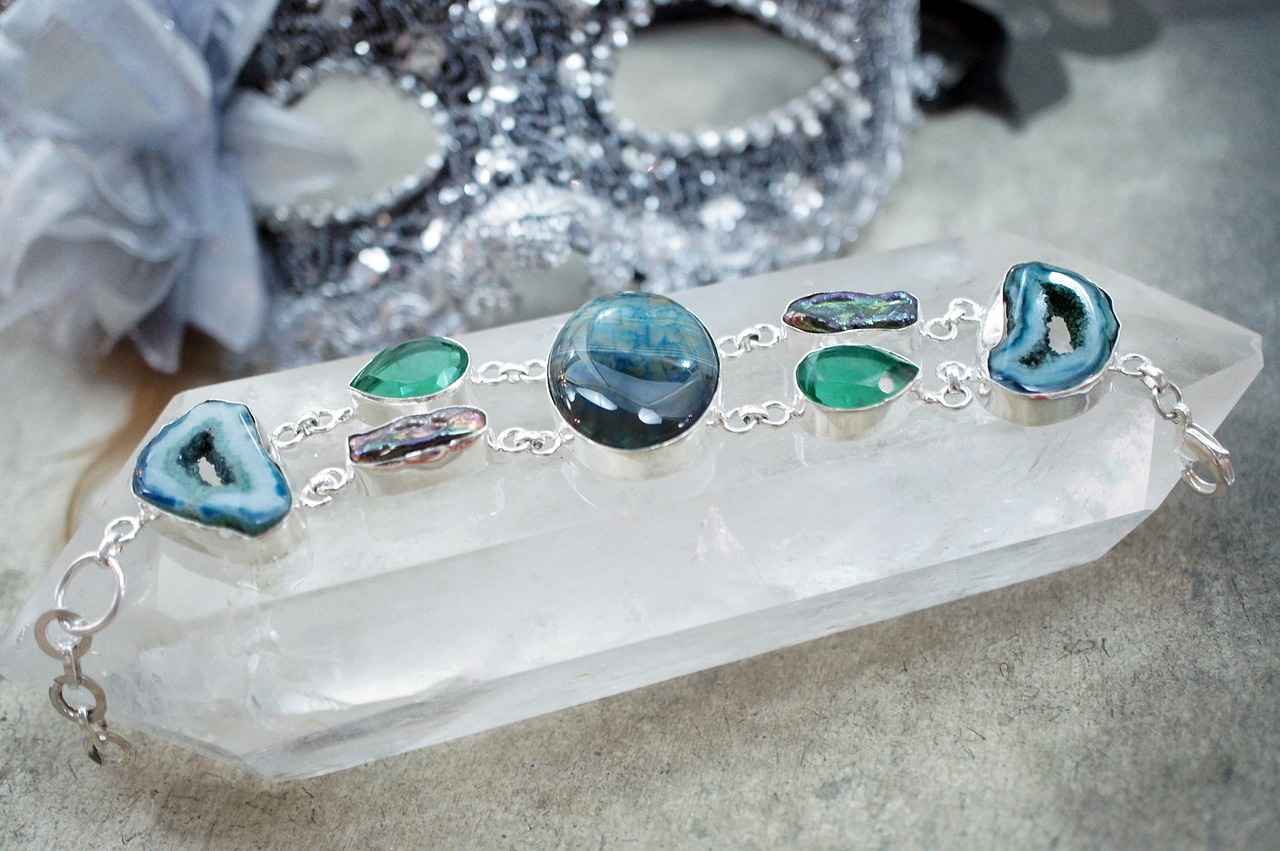
What Are the Current Market Trends in Jewelry?
Understanding current market trends is crucial for both buyers and sellers in the jewelry industry. The jewelry market is constantly evolving, influenced by a myriad of factors including consumer preferences, economic conditions, and emerging styles. This section will explore the popular styles, materials, and consumer preferences that shape the jewelry market today, providing insights into how these elements affect purchasing decisions.
- Popular Styles: The jewelry market has seen a significant shift towards minimalist designs and sustainable pieces. Consumers are increasingly drawn to items that reflect their personal style while also being environmentally conscious. This trend is evident in the rising popularity of lab-created diamonds and recycled materials.
- Materials in Demand: In recent years, there has been a noticeable shift towards using alternative gemstones such as sapphires and emeralds, which are often more affordable than traditional diamonds. Additionally, the use of mixed metals is becoming more prevalent, allowing for unique combinations that appeal to modern tastes.
- Consumer Preferences: Today’s consumers are more informed than ever, often researching extensively before making a purchase. They value transparency regarding the sourcing of materials and the ethical practices of brands. This shift has led to a greater demand for brands that prioritize sustainability and social responsibility.
Technological Influence: The rise of technology has also impacted jewelry trends. Online shopping has become the norm, with platforms offering virtual try-ons and augmented reality features, allowing consumers to visualize how a piece will look on them before making a purchase. This tech-savvy approach has changed the way jewelry is marketed and sold.
Customization and Personalization: Another trend that has gained traction is the demand for customized jewelry. Consumers are seeking pieces that tell their unique stories or commemorate special occasions. This has led many jewelers to offer bespoke services, allowing clients to create one-of-a-kind items that resonate on a personal level.
Influence of Social Media: Social media platforms, particularly Instagram and Pinterest, play a pivotal role in shaping consumer preferences. Influencers and celebrities often set trends that drive demand for specific styles and brands. As a result, jewelry brands are increasingly leveraging these platforms for marketing, showcasing their products in visually appealing ways that attract potential buyers.
Conclusion: The jewelry market is influenced by a complex interplay of styles, materials, and consumer preferences. Understanding these trends is essential for buyers looking to make informed purchases and for sellers aiming to align their offerings with market demands. By staying attuned to these shifts, stakeholders in the jewelry industry can navigate the market more effectively, ensuring they meet the evolving needs of consumers.

How Do Economic Conditions Affect Jewelry Resale Prices?
Understanding the impact of economic conditions on jewelry resale prices is crucial for both sellers and buyers. The jewelry market is sensitive to various economic factors that can significantly influence the value of pieces over time. In this section, we will explore how inflation, unemployment rates, and global economic stability play pivotal roles in shaping buyer confidence and ultimately affecting resale values.
Inflation is a key economic indicator that can have a direct impact on the resale prices of jewelry. As the cost of living rises, consumers may become more cautious with their spending. This caution can lead to a decrease in demand for luxury items, including jewelry. Consequently, resale values may decline as sellers find it challenging to attract buyers willing to pay premium prices.
High unemployment rates often correlate with reduced disposable income among consumers. When individuals are uncertain about their financial future, they are less likely to invest in luxury goods. This shift in consumer behavior can lead to a decrease in jewelry resale prices. Conversely, in periods of low unemployment, consumer confidence typically rises, allowing for more robust demand and higher resale values.
The global economy is interconnected, and instability in one region can ripple through markets worldwide. Events such as financial crises, trade wars, or geopolitical tensions can create uncertainty among consumers. During such times, buyers often prioritize essential goods over luxury items, which can lead to a drop in jewelry resale prices. Sellers must remain vigilant and adapt their strategies to navigate these fluctuations.
Seasonal trends also play a role in the economic landscape affecting jewelry resale prices. For instance, during the holiday season, consumer spending typically increases, leading to higher demand for jewelry. Sellers who understand these seasonal patterns can capitalize on them, potentially increasing their resale values. However, during off-peak times, prices may stagnate or decline.
Sellers need to stay informed about economic conditions to make informed decisions regarding pricing and inventory management. By analyzing market trends and economic indicators, sellers can adjust their strategies to maximize resale values. This might include timing the sale of their pieces to coincide with periods of economic growth or focusing on styles that are currently in demand.
In conclusion, economic conditions significantly affect jewelry resale prices. Factors such as inflation, unemployment rates, and global economic stability can influence buyer confidence and market dynamics. By understanding these elements, both buyers and sellers can navigate the jewelry market more effectively, ensuring they make informed decisions that align with current economic realities.

Why Is Consumer Demand Crucial for Resale Value?
Understanding the dynamics of consumer demand is essential for anyone involved in the jewelry resale market. As the preferences of buyers shift, so too do the resale values of jewelry pieces. This section explores the intricate relationship between consumer demand and jewelry resale prices, highlighting how market trends and buyer behavior can lead to significant fluctuations in value.
The jewelry market is highly responsive to changes in buyer preferences. For instance, if a particular style or material becomes fashionable, pieces that align with these trends often see a surge in demand, leading to increased resale prices. Conversely, items that fall out of favor may experience a decline in value. This illustrates the importance of staying informed about current trends, as they can dramatically influence resale opportunities.
- Fashion Trends: The influence of fashion trends cannot be underestimated. Designers and celebrities often set trends that trickle down to consumer preferences.
- Social Media: Platforms like Instagram and Pinterest play a crucial role in shaping buyer desires, as users showcase their jewelry collections and inspire others.
- Economic Factors: The state of the economy can impact consumer spending power, which in turn affects demand for luxury items, including jewelry.
Seasonal trends also play a significant role in consumer demand. For example, during the holiday season, there is typically an increase in jewelry purchases, as gifts become a priority. This seasonal spike can lead to higher resale values for items that are in demand during this time, whereas off-season pieces may see lower prices.
The perception of a brand can significantly influence consumer demand. Luxury brands often maintain a loyal customer base willing to pay a premium for their products. This brand loyalty can enhance the resale value of jewelry, as buyers are often willing to pay more for pieces from reputable brands that signify quality and status.
Sellers in the jewelry market can benefit from closely monitoring consumer preferences. By understanding what styles, materials, and brands are currently popular, sellers can adjust their inventory to align with demand. This proactive approach not only enhances the likelihood of a successful sale but can also lead to higher resale prices.
Conducting market research can provide valuable insights into current consumer preferences. Sellers can analyze sales data, follow fashion blogs, and engage with potential buyers on social media to gauge interest in specific types of jewelry. This information is crucial for making informed decisions about which pieces to buy or sell.
In conclusion, consumer demand is a vital component in determining the resale value of jewelry. By understanding the factors that influence buyer preferences and adapting to market trends, sellers can optimize their strategies to achieve better resale prices. Staying attuned to shifts in demand, seasonal changes, and brand reputation will empower sellers to navigate the dynamic jewelry market successfully.
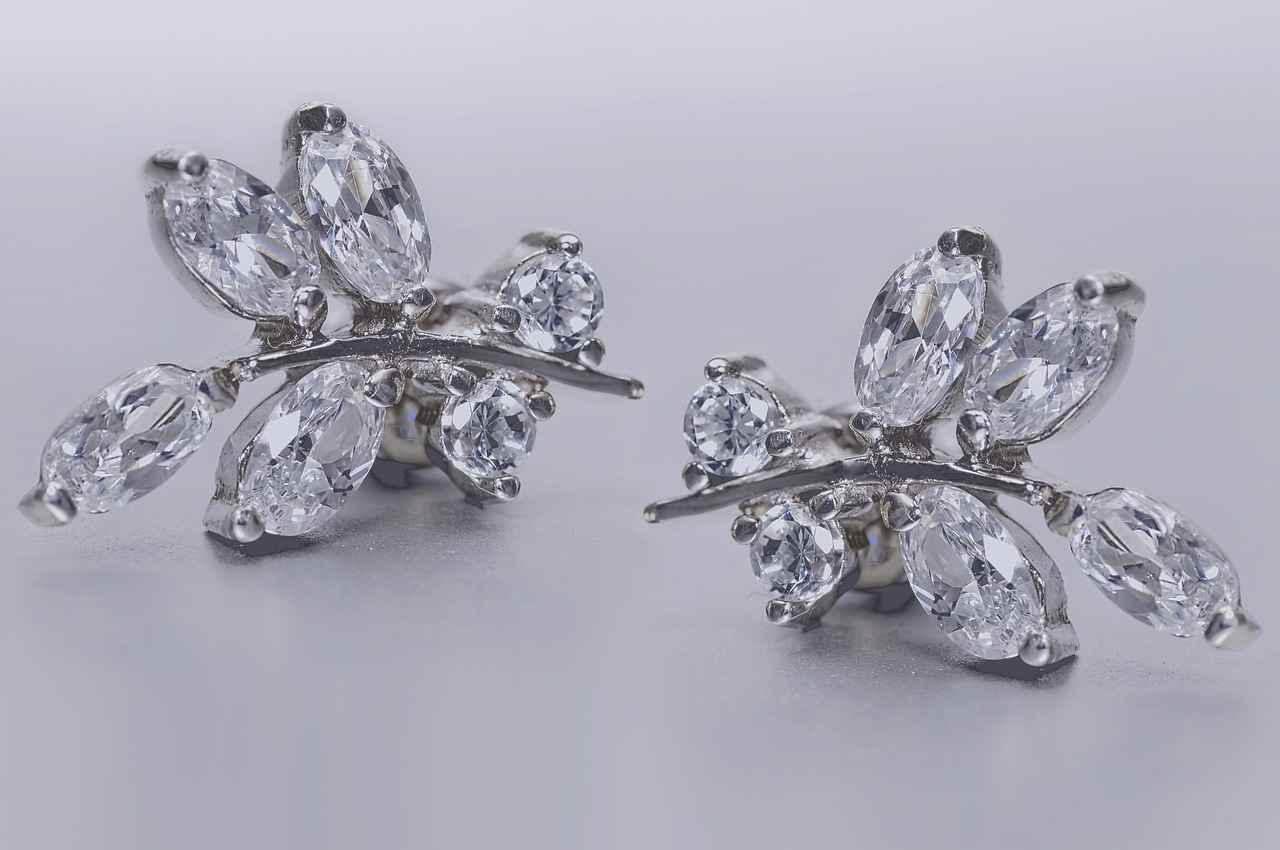
What Role Does Brand Reputation Play in Resale Prices?
Brand reputation serves as a crucial determinant in the resale prices of luxury jewelry. The perceived value of a brand can significantly influence buyer choices, shaping the dynamics of the resale market. In this section, we will explore how luxury brands maintain their status and the implications this has for resale values.
Luxury brands are often synonymous with quality, exclusivity, and prestige. This perception is cultivated through years of marketing, craftsmanship, and cultural significance. When consumers perceive a brand as reputable, they are more inclined to invest in its products, believing that their value will hold over time. Consequently, items from well-regarded brands often see higher resale prices compared to lesser-known labels.
One of the primary reasons for this trend is the concept of brand loyalty. Buyers are willing to pay a premium for products from brands they trust. This loyalty is not just about the product itself but also the status it conveys. For instance, a piece of jewelry from a renowned brand like Cartier or Tiffany & Co. often retains a higher resale value due to the brand’s established reputation for quality and luxury.
Moreover, the perceived value of luxury brands can fluctuate based on market trends and consumer sentiment. When a brand is trending or has recently launched a highly anticipated collection, its items may see a surge in demand, positively impacting resale prices. Conversely, if a brand experiences negative publicity or fails to innovate, the perceived value may decline, leading to lower resale prices.
Another factor to consider is the rarity of the item. Limited edition pieces or those that are no longer in production often command higher prices on the resale market. Collectors and enthusiasts are typically willing to pay a premium for unique items that represent a brand’s legacy. This rarity combined with a strong brand reputation can create a perfect storm for high resale values.
Furthermore, the condition of the jewelry plays a vital role in determining resale prices. Well-maintained pieces from reputable brands are more likely to fetch higher prices. Buyers often look for signs of authenticity, such as original packaging, certificates of authenticity, and the overall condition of the item. A reputable brand’s endorsement can enhance buyer confidence, making them more willing to invest even in pre-owned items.
In addition to these factors, the marketplace in which the jewelry is sold can also influence resale prices. Online platforms, auction houses, and consignment shops all have varying reputations that can affect how buyers perceive the value of a brand. Sellers must choose their selling channels wisely to maximize their potential returns.
In summary, brand reputation plays a pivotal role in shaping the resale market for luxury jewelry. The interplay between perceived value, consumer loyalty, rarity, and market conditions creates a complex landscape where brand reputation is paramount. Understanding these dynamics can help both buyers and sellers navigate the jewelry resale market more effectively.
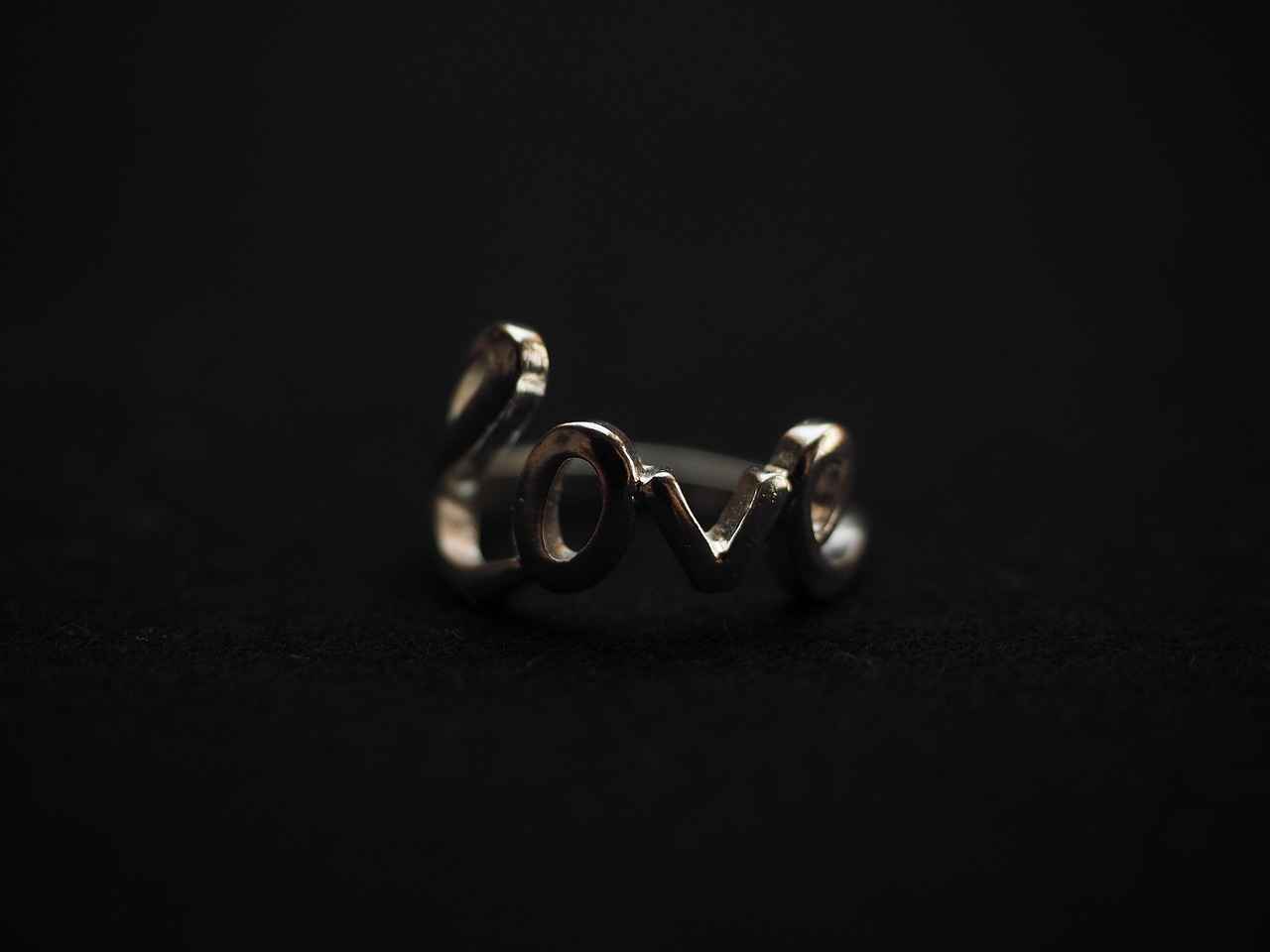
How Do Seasonal Trends Influence Jewelry Resale Prices?
Understanding seasonal trends is crucial for anyone involved in the jewelry market, whether as a buyer or seller. These trends are influenced by various factors, including holidays, fashion cycles, and seasonal events, which can significantly impact consumer buying patterns and market dynamics. In this article, we will explore how these seasonal fluctuations can lead to variations in jewelry resale prices.
Holidays such as Valentine’s Day, Mother’s Day, and Christmas create spikes in demand for jewelry. During these times, consumers are more likely to purchase gifts, leading to increased prices in the resale market. For instance, pieces that are traditionally given as gifts may see a surge in value just before these holidays. Sellers can capitalize on this by timing their listings to coincide with these peak buying periods.
Fashion trends are another significant factor influencing jewelry resale prices. As designers release new collections, certain styles or materials may become more desirable. For example, if gold jewelry is trending, pieces featuring this metal may command higher resale prices. Conversely, if a particular style falls out of favor, its resale value may decrease. Sellers should stay informed about current fashion trends to adjust their inventory accordingly.
Seasonal events such as weddings, graduations, and summer festivals also impact the jewelry market. During wedding season, for example, there is often a higher demand for engagement rings and bridal jewelry. This increased demand can drive up prices for these items in the resale market. Sellers can benefit from understanding these seasonal patterns, allowing them to strategically list their jewelry at times when demand is highest.
Yes, seasonal trends can lead to significant price fluctuations in the jewelry resale market. For instance, pieces that are highly sought after during certain seasons may see their prices drop significantly after the peak season has passed. This is particularly true for trendy items that may not hold their value once the season changes. It is essential for sellers to be aware of these fluctuations and to price their items accordingly to maximize their profits.
Sellers can leverage seasonal trends by planning their sales strategies around peak buying times. This includes timing listings to coincide with holidays and seasonal events, as well as staying updated on current fashion trends. Additionally, sellers should consider creating seasonal promotions or bundling items that are likely to be popular during specific times of the year. By aligning their selling strategies with seasonal trends, they can enhance their chances of achieving higher resale prices.
Ignoring seasonal trends can lead to missed opportunities for sellers. By failing to recognize peak buying times or shifts in consumer preferences, sellers may find their items languishing unsold or selling for lower prices than expected. It is crucial to conduct regular market research and stay informed about consumer behavior to avoid these pitfalls.
In conclusion, seasonal trends play a vital role in influencing jewelry resale prices. By understanding how holidays, fashion cycles, and seasonal events affect consumer demand, sellers can make informed decisions that maximize their profits. Staying attuned to these trends allows for strategic planning and effective pricing, ultimately leading to a more successful resale experience.
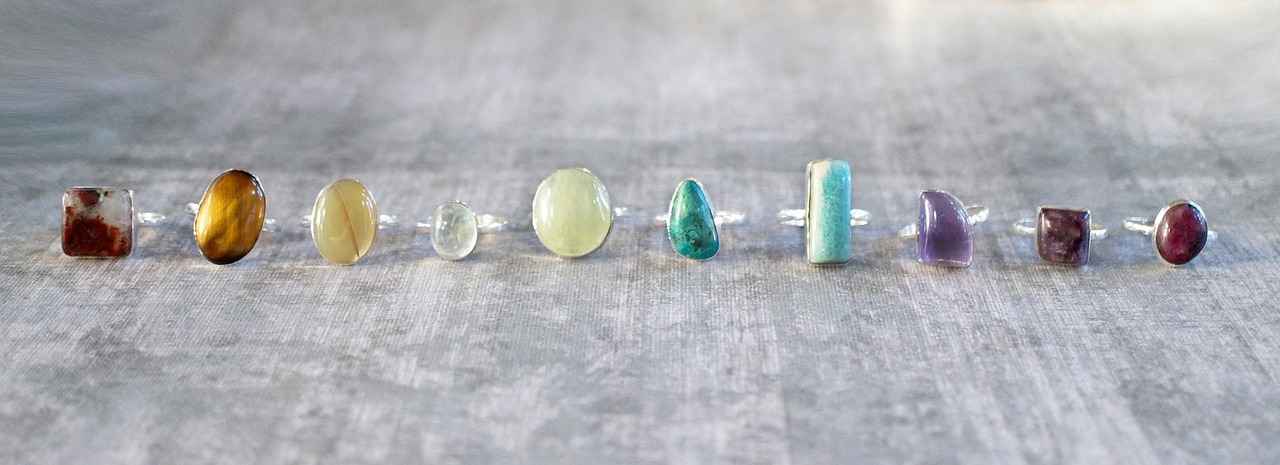
What Impact Do Vintage and Antique Styles Have on Resale Values?
When it comes to the world of jewelry, vintage and antique pieces hold a special allure that often translates into higher resale prices. This phenomenon can be attributed to several factors, including their unique designs, historical significance, and the emotional connections they evoke.
One of the primary reasons vintage and antique jewelry commands a premium is its uniqueness. Unlike mass-produced contemporary pieces, vintage items often feature intricate craftsmanship and distinctive designs that are hard to replicate. Collectors and enthusiasts are drawn to these one-of-a-kind pieces, making them highly sought after in the resale market.
Moreover, the historical significance of vintage and antique jewelry adds to its appeal. Each piece tells a story, reflecting the era in which it was created. For instance, Art Deco jewelry from the 1920s is celebrated for its geometric designs and luxurious materials, while Victorian-era pieces often incorporate sentimental motifs. This connection to history can significantly enhance a piece’s value, as buyers are not just purchasing jewelry; they are acquiring a tangible piece of the past.
Additionally, the emotional connection that vintage and antique jewelry can evoke plays a crucial role in its resale value. Many buyers are not only interested in the aesthetic appeal but also in the stories and memories associated with these pieces. Whether it’s a family heirloom passed down through generations or a vintage engagement ring that symbolizes a unique love story, the emotional weight can elevate the perceived value significantly.
Furthermore, the condition of vintage and antique jewelry is paramount in determining its resale price. Pieces that have been well-maintained, restored, or preserved in their original state tend to fetch higher prices. Buyers often look for signs of quality craftsmanship, such as the use of precious metals and stones, which can indicate a piece’s durability and value over time.
Market trends also play a significant role in the valuation of vintage and antique jewelry. As consumer preferences shift towards sustainability and uniqueness, there is a growing demand for vintage pieces. Many buyers are now prioritizing eco-friendly options, making vintage jewelry an attractive choice as it embodies the principles of recycling and sustainability.
To maximize resale value, sellers should consider the following strategies:
- Research: Understand the specific era and style of the jewelry to accurately convey its historical significance and appeal.
- Condition Assessment: Have the piece appraised by a professional to determine its condition and value.
- Effective Marketing: Highlight the unique features and stories associated with the piece when listing it for sale.
- Leverage Online Platforms: Utilize online marketplaces that cater to vintage and antique jewelry enthusiasts to reach a wider audience.
In conclusion, vintage and antique jewelry not only offers aesthetic and emotional value but also stands as a testament to craftsmanship and history. As the market continues to evolve, the allure of these unique pieces remains strong, ensuring that they will continue to command higher resale prices for years to come.

How Do Online Marketplaces Affect Jewelry Resale Prices?
The jewelry resale market has undergone a significant transformation in recent years, primarily due to the rise of online marketplaces. Platforms such as eBay and Etsy have revolutionized how jewelry is bought and sold, creating new opportunities and challenges for both sellers and buyers. This section explores the multifaceted impact of these online platforms on pricing strategies and accessibility.
Online marketplaces offer numerous advantages for sellers in the jewelry industry:
- Increased Visibility: Sellers can reach a global audience, significantly expanding their customer base.
- Lower Overhead Costs: Operating online reduces the need for physical storefronts, allowing sellers to allocate resources more efficiently.
- Flexible Pricing Strategies: Sellers can experiment with different pricing strategies, adjusting prices based on demand and competitive analysis.
Pricing strategies in online marketplaces are influenced by several factors:
- Market Competition: The presence of numerous sellers creates competitive pricing, often leading to lower prices for consumers.
- Consumer Reviews: Positive feedback can justify higher prices, while negative reviews can compel sellers to reduce their prices to attract buyers.
- Dynamic Pricing: Sellers can adjust prices in real-time based on market trends and consumer behavior, optimizing their sales potential.
Accessibility is a game-changer in the jewelry resale market:
- Wider Reach: Buyers can access a vast array of jewelry options from the comfort of their homes, leading to increased sales opportunities for sellers.
- 24/7 Availability: Online marketplaces operate around the clock, allowing buyers to shop at their convenience, which can boost sales significantly.
- Variety of Payment Options: Many platforms offer multiple payment methods, making transactions easier for buyers and encouraging purchases.
The way consumers shop for jewelry has evolved due to online marketplaces:
- Price Comparison: Buyers can easily compare prices across different sellers, fostering a more informed purchasing decision.
- Access to Unique Pieces: Online platforms often feature unique, handcrafted, or vintage items that may not be available in traditional retail stores.
- Informed Purchases: Buyers can read reviews and ratings, which helps them make more confident purchasing choices.
While online marketplaces provide many opportunities, they also present challenges:
- Market Saturation: The ease of entry for sellers can lead to an oversaturated market, making it difficult for individual sellers to stand out.
- Fee Structures: Many platforms charge listing and transaction fees, which can eat into profits if not managed carefully.
- Trust Issues: Buyers may be hesitant to purchase from new sellers without established reputations, requiring sellers to invest in building credibility.
In conclusion, online marketplaces have undeniably reshaped the jewelry resale landscape. By providing increased accessibility and influencing pricing strategies, they have created a dynamic environment for both buyers and sellers. As the market continues to evolve, understanding these influences will be crucial for anyone involved in the jewelry resale business.
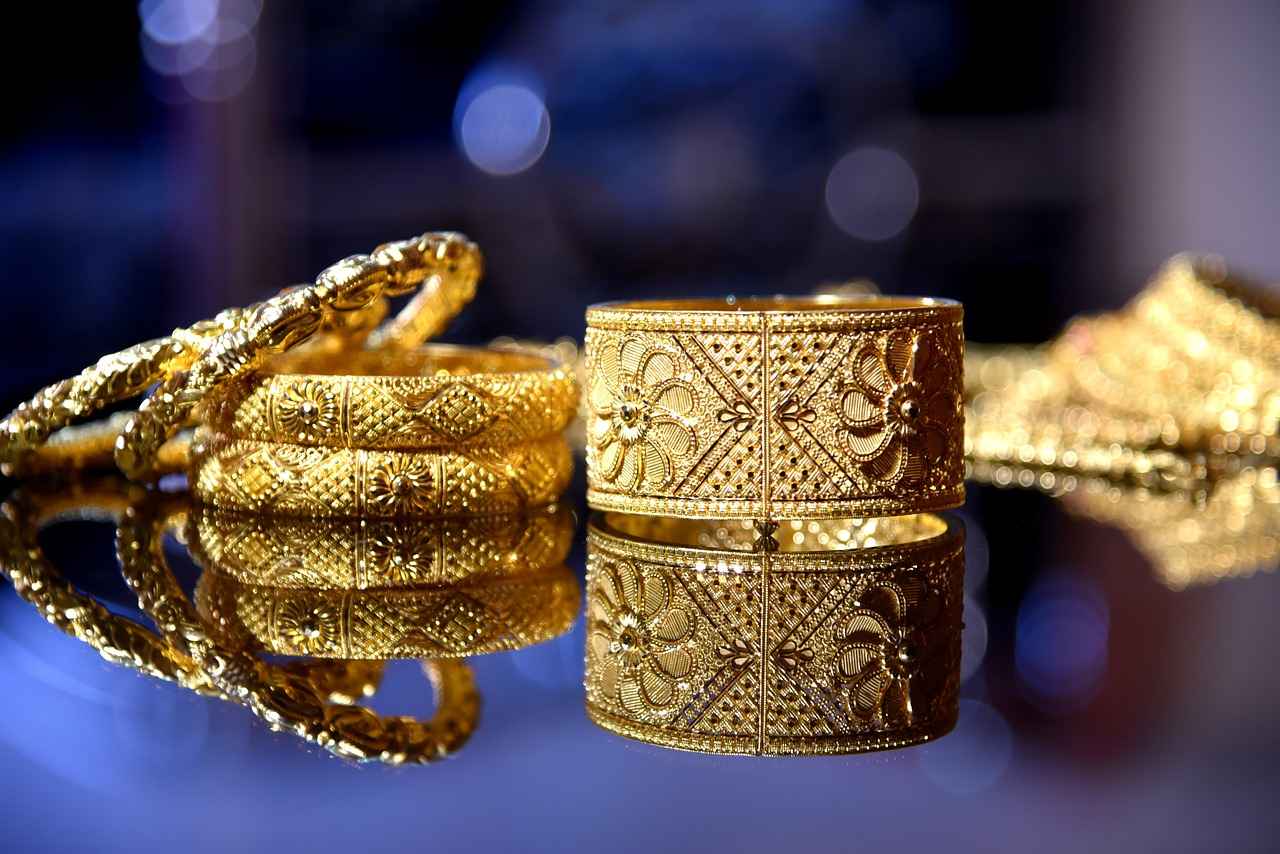
Why Is Condition Important for Resale Value?
The resale value of jewelry is heavily influenced by its condition. Understanding the nuances of how wear, repair history, and overall aesthetics contribute to perceived worth is essential for both sellers and buyers. In this section, we will explore these factors in detail to provide a comprehensive understanding of their impact on resale value.
The wear and tear on a piece of jewelry can significantly diminish its market value. Items that show signs of heavy use, such as scratches, dents, or missing stones, are often less desirable to potential buyers. For example, a diamond ring that has lost its luster due to scratches may not fetch the same price as one that has been well-maintained. Buyers tend to seek pieces that appear pristine and well-cared for, as they associate these qualities with higher value.
Jewelry that has been repaired may have a different resale value based on the quality and extent of the repairs. High-quality repairs performed by reputable jewelers can enhance a piece’s value, while poor repairs may have the opposite effect. For instance, if a vintage necklace has had its clasp replaced with a cheaper alternative, it may lower the overall worth. Sellers should provide detailed repair histories to potential buyers, as transparency can build trust and justify pricing.
The overall aesthetics of a piece of jewelry, including its design, craftsmanship, and current trends, play a crucial role in determining resale value. Jewelry that reflects contemporary styles or possesses unique artistic qualities may command higher prices. Moreover, pieces that are clean, polished, and free from tarnish are more appealing to buyers. A well-maintained item not only looks better but also suggests that the owner valued it, which can positively influence its marketability.
Documentation, such as appraisals and receipts, can enhance the value of jewelry during resale. Buyers are often more willing to pay a premium for items that come with proof of authenticity and value. An appraisal from a certified jeweler can provide potential buyers with the confidence they need to invest in a piece, knowing its quality and worth are verified.
- Regular Cleaning: Maintain jewelry by cleaning it regularly to prevent buildup of dirt and tarnish.
- Professional Maintenance: Consider professional inspections and repairs to address any wear and ensure longevity.
- Proper Storage: Store jewelry in a way that prevents scratches and damage, such as using soft pouches or dedicated boxes.
By prioritizing the condition of jewelry, sellers can significantly enhance its resale value. A well-maintained piece not only attracts more buyers but can also lead to higher offers. Understanding the importance of wear, repair history, and overall aesthetics equips sellers with the knowledge to maximize their profits in the competitive jewelry resale market.
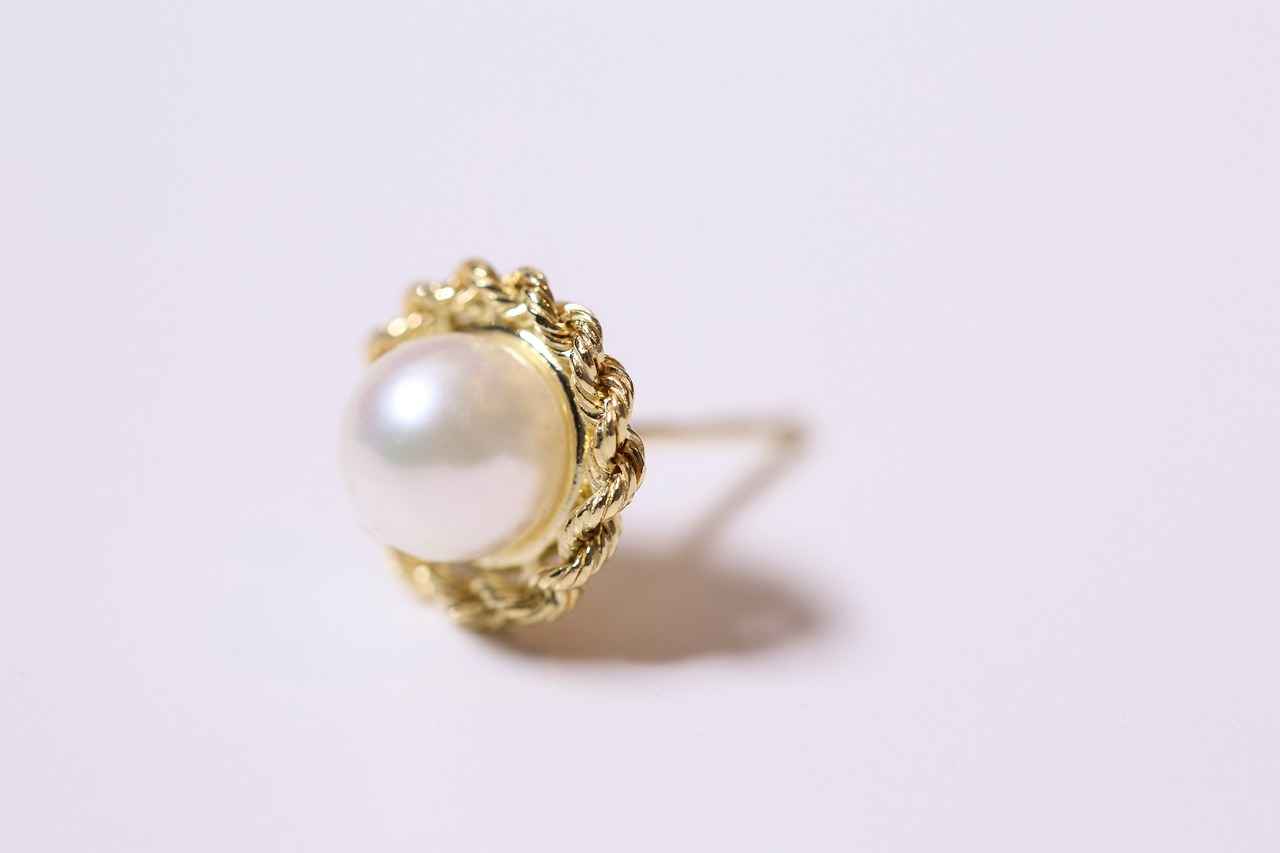
What Are the Key Factors to Consider When Reselling Jewelry?
Reselling jewelry is not just about finding a buyer; it involves a deep understanding of various factors that can significantly impact the resale value of your pieces. To maximize your profits, it’s essential to consider several key elements that influence the jewelry market.
- Market Research: Before listing your jewelry, conduct thorough market research. Analyze current trends to understand what styles and materials are in demand. Websites like eBay and Etsy can provide insights into popular items and their selling prices.
- Pricing Strategies: Setting the right price is crucial. Consider factors such as the original purchase price, current market demand, and the condition of the piece. A competitive price can attract more buyers, while an overpriced item may linger unsold.
- Timing Your Sale: Timing can significantly affect resale value. Certain seasons, like the holidays, can lead to increased buyer interest. Conversely, selling during a market downturn may yield lower prices. Monitor economic indicators and seasonal trends to choose the best time to sell.
- Condition of the Jewelry: The condition of your jewelry plays a pivotal role in its resale value. Items that are well-maintained, cleaned, and free from damage will fetch higher prices. If necessary, consider investing in professional cleaning or repairs before listing.
- Effective Selling Techniques: Utilize high-quality images and detailed descriptions when listing your jewelry online. Highlight unique features, such as the craftsmanship or the story behind the piece. Engaging storytelling can resonate with potential buyers and enhance perceived value.
- Brand Reputation: If your jewelry comes from a recognized brand, leverage that reputation in your listings. Brand names can command higher prices due to their perceived value and desirability. Make sure to include any original packaging or certificates of authenticity to boost buyer confidence.
- Understanding Your Audience: Knowing your target audience can help tailor your selling approach. Different demographics may have varying preferences and budgets. Cater your marketing and selling strategies to align with the interests of your potential buyers.
- Utilizing Social Media: Social media platforms can be powerful tools for promoting your jewelry. Use platforms like Instagram or Pinterest to showcase your pieces and connect with potential buyers. Engaging content can help build a following and drive sales.
In summary, reselling jewelry successfully requires a multifaceted approach that includes market research, strategic pricing, effective selling techniques, and a keen understanding of consumer behavior. By considering these key factors, sellers can enhance their chances of achieving optimal resale values and enjoying a profitable experience in the jewelry market.

How Can Sellers Leverage Market Trends for Better Prices?
In the competitive world of jewelry resale, understanding and leveraging market trends can be the key to unlocking higher prices and increased profitability. Sellers who stay informed about the latest trends not only enhance their inventory but also align their selling strategies with consumer preferences, ultimately leading to better sales outcomes.
To effectively leverage market trends, sellers must first identify what is currently popular. This includes styles, materials, and designs that are in demand. For instance, sustainable and ethically sourced jewelry is gaining traction among consumers, making it a lucrative area to focus on. Sellers should regularly monitor fashion shows, social media platforms, and jewelry publications to stay updated on emerging trends.
Once sellers are aware of current trends, they need to align their inventory accordingly. This may involve sourcing pieces that reflect popular styles or even customizing existing items to meet consumer demands. For example, if minimalist designs are trending, sellers should consider offering sleek, understated pieces that appeal to this aesthetic.
In addition to aligning inventory, sellers can use data analytics to optimize their pricing strategies. By analyzing past sales data and current market trends, sellers can set competitive prices that reflect the true value of their items. Tools like Google Trends or eBay’s sold listings can provide valuable insights into what similar items are selling for, helping sellers make informed pricing decisions.
Seasonal trends also play a crucial role in jewelry resale. For instance, during the holiday season, demand for certain types of jewelry, such as engagement rings and festive accessories, typically increases. Sellers should plan their inventory and marketing strategies around these peak times to maximize sales. Offering promotions or limited-time collections can further entice buyers during these seasons.
Building a relationship with potential buyers is essential for successful resale. Sellers should utilize social media platforms to engage with their audience, showcasing their jewelry and sharing insights into current trends. By fostering a community around their brand, sellers can create a loyal customer base that is more likely to purchase from them.
The rise of online marketplaces has transformed the jewelry resale landscape. Platforms like Etsy, eBay, and Poshmark not only increase visibility but also allow sellers to tap into a broader audience. By understanding the algorithms and best practices of these platforms, sellers can enhance their listings and improve their chances of making sales.
To stand out in a crowded market, sellers should emphasize the unique selling points of their jewelry. Whether it’s a rare gemstone, a unique design, or a story behind the piece, highlighting these aspects can attract buyers who are willing to pay a premium. Sellers should ensure that their product descriptions are engaging and informative, showcasing what makes their jewelry special.
Keeping an eye on competitors is another vital strategy. By analyzing what similar sellers are offering and at what prices, sellers can adjust their strategies accordingly. This not only helps in pricing but also in understanding market positioning and identifying gaps that can be exploited for better sales.
In conclusion, by understanding and leveraging market trends, jewelry sellers can optimize their resale strategies effectively. From aligning inventory with current consumer preferences to utilizing online platforms and engaging with audiences, these actionable tips can significantly enhance profitability in the jewelry market.
Frequently Asked Questions
- What factors influence the resale price of jewelry?
The resale price of jewelry is influenced by a variety of factors including market trends, consumer demand, economic conditions, and the brand’s reputation. Understanding these elements can help both buyers and sellers navigate the jewelry market more effectively.
- How can I determine the current market trends in jewelry?
To determine current market trends, you can follow fashion blogs, social media influencers, and jewelry industry reports. Additionally, attending trade shows and visiting online marketplaces can provide insight into popular styles and materials.
- Why is the condition of jewelry so important for resale value?
The condition of jewelry plays a critical role in its resale value. Pieces that are well-maintained, free from significant wear or damage, and have a good repair history typically fetch higher prices. Buyers are always looking for items that are in excellent condition.
- How do seasonal trends affect jewelry resale prices?
Seasonal trends can significantly impact jewelry resale prices. For instance, certain styles may become more popular during holidays or special events, leading to increased demand and potentially higher prices. Sellers should consider these trends when timing their sales.
- Can online marketplaces help in selling jewelry at better prices?
Absolutely! Online marketplaces like eBay and Etsy provide a broader audience for sellers. By listing jewelry on these platforms, sellers can reach potential buyers who are specifically searching for unique pieces, often resulting in better prices.
